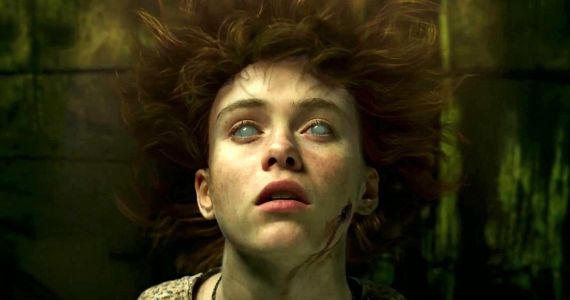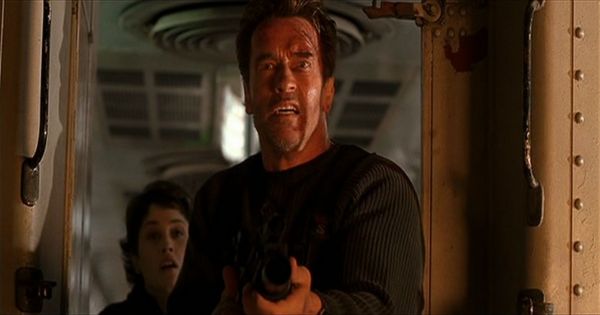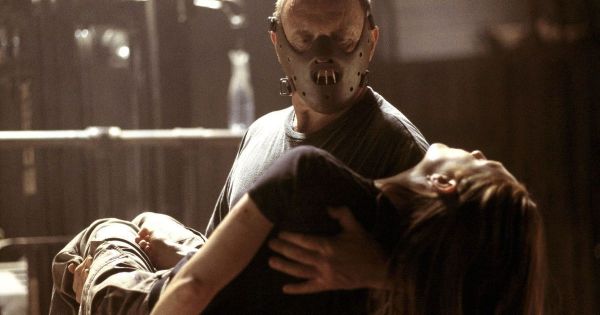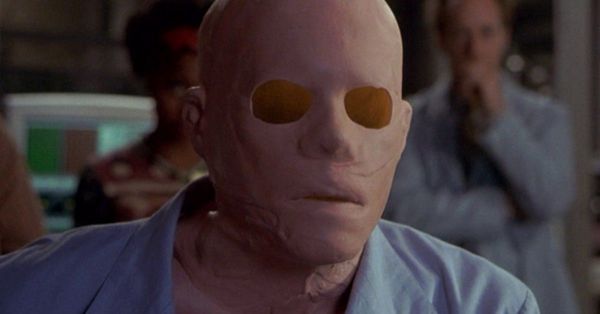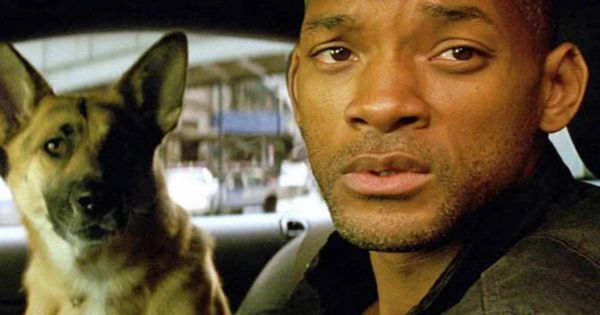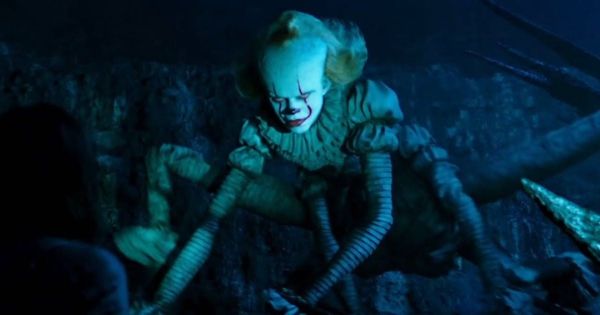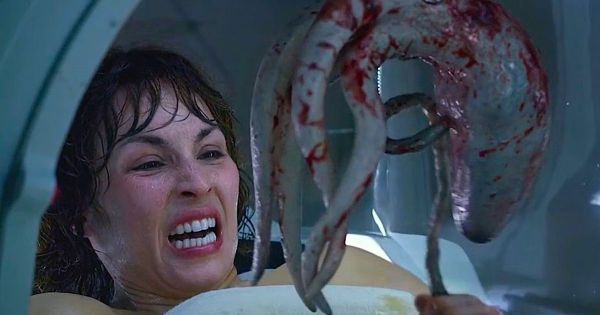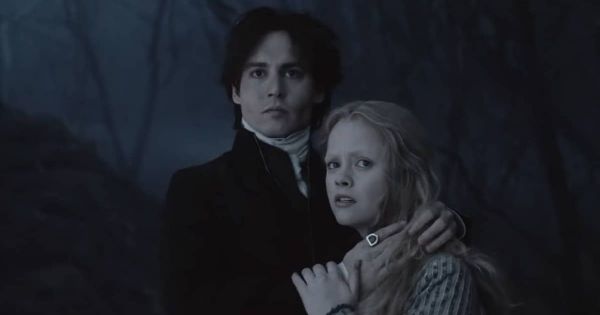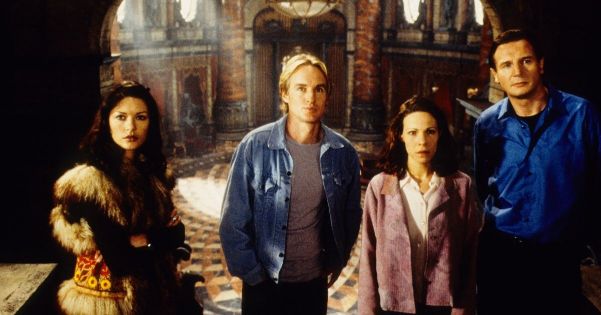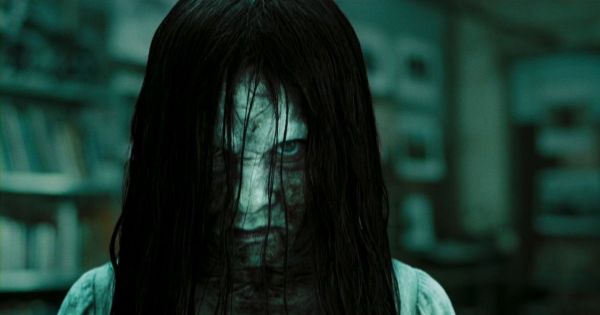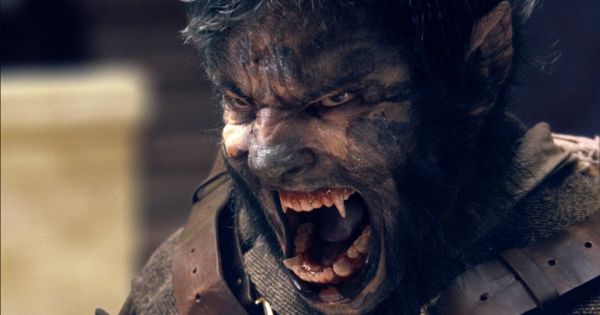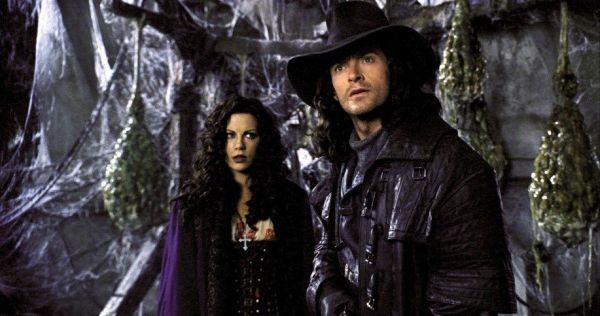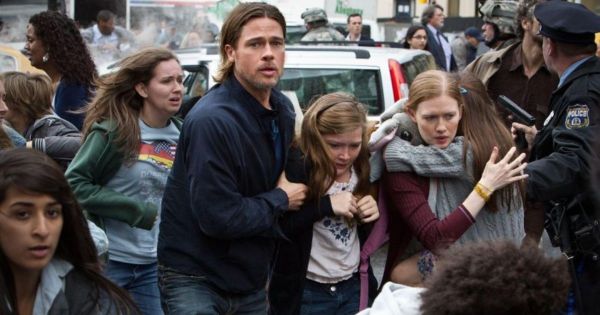Large budgets for film production have now become the standard, especially when a major studio is involved. One genre, nevertheless, has historically produced movies with smaller budgets. Because they are frequently filmed on a tight budget, horror movies have an easier time making money. Prior to Paramount acquiring the rights and releasing the movie in 2009, which earned $194 million worldwide, Paranormal Activity was initially produced in 2007 on a $15,000 budget. It makes sense that the horror genre has an easier time recovering the money invested on producing a picture than other genres because horror enthusiasts are among the most devoted moviegoers out there.
While many horror films are done on a tight budget, occasionally a film will be shot with a budget that is higher than the majority of other movies in the genre. It is not surprising when taking into account elements like the popularity of the genre and the accessibility of more modern technologies that a studio may occasionally give a horror film a huge budget. The beautiful thing about horror films is that there is so much latitude for experimentation in terms of the plot and its presentation. It gives filmmakers the chance to be imaginative. While having a high budget does not ensure box office success, there are many instances where the investment pays off handsomely. The following list of the top 15 most costly horror films ever produced includes information gleaned from IMDB and Watch Mojo as well as the films’ box office take:
Alien: Resurrection (1997) – $75M
Two hundred years after Ellen Ripley’s passing, the fourth installment of the Sigourney Weaver-starring Alien series takes place. Ellen’s hybrid human/alien clone is left behind to help a group of space pirates thwart the aliens’ attempt to reach Earth. When asked why she changed her mind about doing Alien: Resurrection, Sigourney Weaver replied, “They basically drove a dump truck full of money to my house.” It’s a funny answer, but it also makes sense in light of the $75 million film’s production budget. The movie was a financial hit because it brought in over $161 million worldwide.
End of Days (1999) – $100M
The Devil makes the decision to travel to New York City around the turn of the century in order to take over a man’s body and look for his chosen bride, Christine York (Robin Tunney), who is 20 years old. The world will end if she gives birth to his child before New Year’s Eve’s midnight. Arnold Schwarzenegger’s Jericho Cane, an atheist ex-cop, is the only one who can stop him. Schwarzenegger was one of the most commercially successful actors of the 1980s and 1990s, although Tom Cruise was originally intended for the role, who declined to play it in favour of Magnolia. Nevertheless, a $100 million budget was allocated for the supernatural action-horror movie. Despite receiving poor reviews and only earning $66.8 million domestically, End of Days was still a commercial success with a $211.9 million worldwide profit.
Hannibal (2001) – $87M
Anthony Hopkins plays Hannibal Lecter in the follow-up to the award-winning horror film The Silence of the Lambs, which finds him living in exile in Italy. When he attempts to contact disgraced FBI agent Clarice Starling (Julianne Moore), he discovers that a strong former victim is after him. The sequel’s $87 million production budget was more than quadrupled by its record $351.6 million worldwide box office take. Additionally, it was the most successful horror film of the 2000s.
Hollow Man (2001) – $95M/h3>
Scientists conduct an experiment on a human being after learning how to make animals invisible. When the experiment cannot be undone, it has a negative impact on Dr. Sebastian Caine (Kevin Bacon), altering his psyche and leading him to seek out and murder his coworkers. Although Hollow Man garnered negative reviews from critics, it made almost precisely what it cost to make. It cost $95 million to produce and made $190 million globally. Even with the lacklustre critical reception, it received an Oscar nomination for Best Visual Effects.
I Am Legend (2007) – $150M
Dr. Robert Neville (Will Smith) is the last remaining human survivor in New York City, years after an incurable virus wipes off the majority of humanity and transforms the remainder into monsters. Neville sets out to use his immune blood to develop a treatment for this terrible sickness since the infected former humans are hiding in the shadows. $150 million was allocated to the production of I Am Legend. Critics gave it a passable review in large part because of Will Smith’s performance. As it more than tripled its $150 million budget and made nearly $585 million globally, it did well with audiences.
It Chapter Two (2019) – $79M
The youngsters have all grown up and moved away 27 years after the Losers Club first saw Pennywise in their city of Derry. A terrible phone call that suggests the deadly clown who once terrorised them is back draws them back to Derry. Even though It Chapter Two’s box office performance lagged below its predecessor’s, it received a larger budget—$79 million as opposed to It’s $35 million—than its predecessor. The follow-up continued to be popular with fans and earned favourable reviews from critics. It nearly recouped its production costs by generating $473 million at the global box office. Additionally, it had the largest box office take of the 2010s.
Prometheus (2012) – $130M
The prequel to Ridley Scott’s Alien saga may not come to mind when thinking of horror films, but Prometheus returns to the sci-fi/horror roots of the genre. A group of researchers looking for hints about the beginnings of humanity stumble upon a building on a far-off moon, but they soon learn they are not the only ones there. The movie’s budget was $130 million, which would be astronomical for most films but certainly wouldn’t surprise most audiences given the scope of a production of this kind. With revenues of more than $403 million worldwide, the film easily earned back its budget.
Sleepy Hollow (1999) – $70M
In Tim Burton’s Sleepy Hollow, Ichabod Crane (Johnny Depp) investigates the recent beheadings of three residents of Sleepy Hollow by the fabled Headless Horseman (Christopher Walken). Because they intended to film in the United States, the initial budget for this movie was meant to be $30 million, which was much less. They made the decision to shift the production to England, where they believed they could find a small town suited for filming, but they also were unable to do so. The budget increased to $70 million, according to Watch Mojo, so they could build the ideal town to reproduce Sleepy Hollow. With a global revenue of almost $209 million, it more than covered the cost of manufacturing.
Signs (2002) – $72M
Mel Gibson’s character, preacher Graham Hess, relocates to live with his brother, Joaquin Phoenix, and their kids after losing faith in God as a result of the terrible death of his wife. Graham first rejects stories of crop circles near his brother’s farmhouse property until the bizarre occurrence is mentioned in reports from all across the world. M. Night Shyamalan enjoyed significant success as a director in the late 1990s and early 2000s, directing three consecutive blockbusters. With a $72 million budget, he was able to recoup over six times that amount with the worldwide box office success of Signs, which brought in over $408 million.
The Haunting (1999) – $80M
The Haunting, a remake of the same-titled horror movie from 1963, starred Catherine Zeta-Jones, Owen Wilson, Liam Neeson, and Lili Taylor. In order to explore the strange happenings in a haunted house, a group of paranormal investigators must battle for their lives as the house begins to strike back. Given that Jan De Bont, who also helmed the hit movies Speed and Twister, directed the original, the studio undoubtedly felt secure spending $80 million to have the remake done. Despite the fact that it was by no means a critical success, it nonetheless turned a profit by bringing in more than $177 million globally.
The Ring (2002) – $48M
According to an urban belief, anyone who watches a videotape will pass away seven days after watching it. However, after a journalist’s niece passes away after watching it, she learns that it is indeed true, and she must act quickly to rescue both her and her son. The Ring features some fairly intense scenes and is frequently regarded as a major horror movie. Its $48 million budget reflects this opinion. At the international box office, the movie generated over $249 million during its theatrical release, more than five times its budget.
The Wolfman (2010) – $150M
When Lawrence Talbot (Benecio Del Toro), an American, travels to Victorian-era London, he tries to make apologies with his father but instead gets bitten by a werewolf, which gives him a ravenous appetite for flesh. Mark Romanek was originally set to helm The Wolfman, but after he and Universal Studios fell out, Joe Johnston took over. It was decided that he would shoot the movie in 80 days for an estimated $85 million, but once again nothing went as planned. The production lasted much longer than 80 days, and the budget eventually increased to $150 million. The Wolfman, which only made $139.7 million in total revenue, did not recoup its high production costs like the other horror films on our list so far.
Van Helsing (2004) – $160M
The Vatican sends the renowned monster hunter Van Helsing (Hugh Jackman) to Transylvania to prevent Count Dracula from utilising Dr. Frankenstein’s findings and a werewolf for evil purposes. Van Helsing’s domestic box office revenue of $120 million in 2004 would often be seen as a success for most films, but this fantasy-horror film had a $160 million budget. Fortunately for Universal Pictures, the monster-hunting film made an extra $180 in foreign markets, bringing its worldwide gross to $300 million. It would have only managed to break even by $40 million without the assistance of overseas sales, which is unusual for a horror film.
What Lies Beneath (2000) – $100M
What Lies Beneath by Robert Zemeckis poses the basic query: Is Claire Spencer (Michelle Pfeiffer) going insane, or is their lakeside Vermont house genuinely haunted by ghosts? Zemeckis and the studio invested $100 million to provide an answer, and after the film grossed more than $291 million globally, they made back almost $191 million. Although critics had conflicting opinions about it, fans liked it, and it ended up becoming the eighth-highest grossing movie of 2000.
World War Z (2013) – $190M
A task is given to former UN investigator Gerry Lane (Brad Pitt) to look into a disease that is ravaging the world’s population and transforming humans into ravaging zombies. On his risky trek to halt the disease’s spread before civilization completely collapses, he braces himself for terrifying perils. The initial budget for World War Z was $125 million, but rewrites and reshoots increased it to $190 million. Rewrites and reshoots done at the last minute, along with an overly large budget, are typically not indicative of a movie’s likelihood of being financially successful. Despite these last-minute alterations, the Brad Pitt-starring zombie invasion film managed to earn an incredible $540 million at the global box office, making it the most grossing zombie film of all time.

